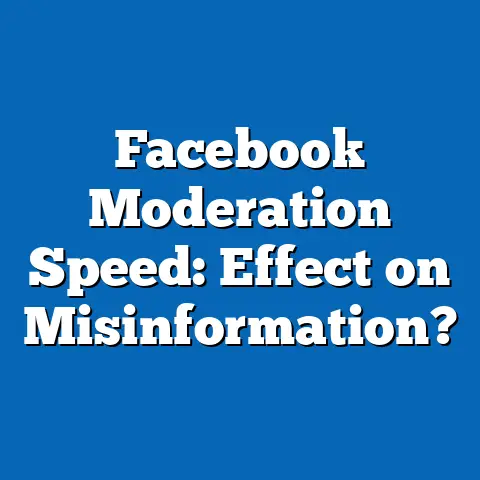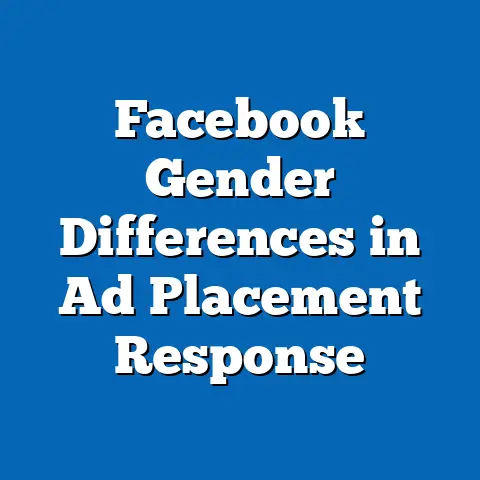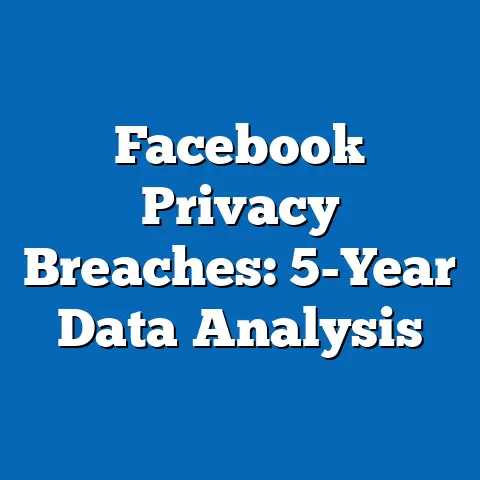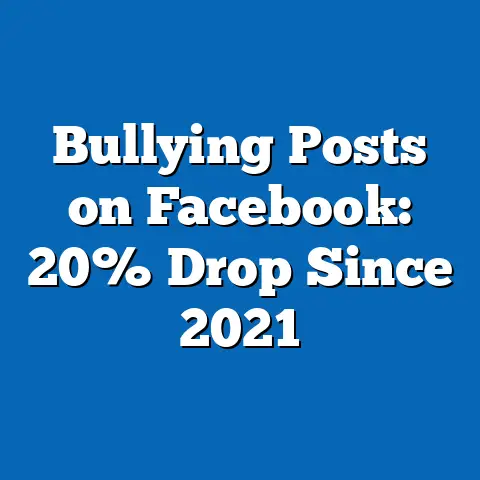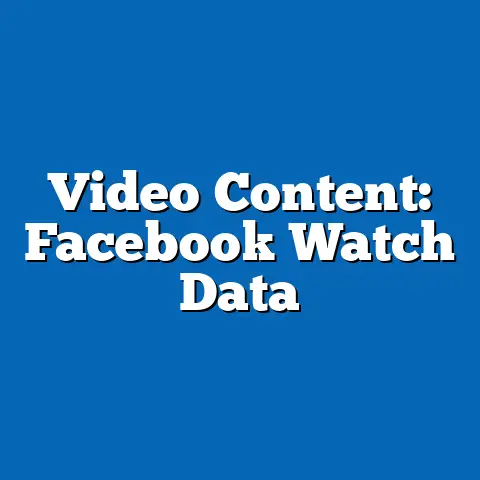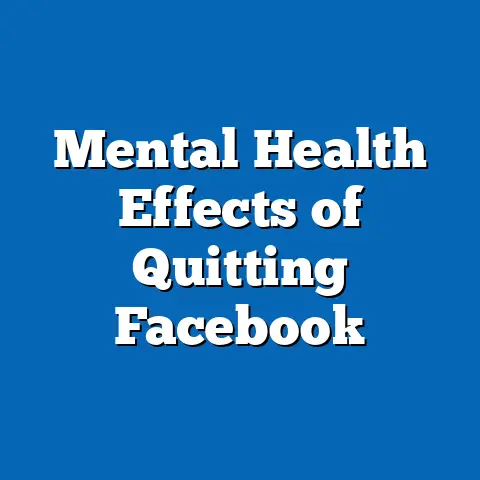Facebook Group Polarization Trends
To efficiently understand Facebook group polarization trends, one might ask: What is the demographic makeup of members in polarized Facebook groups, what are their core beliefs, how do they influence voting patterns, and how do these groups distinguish themselves from other political entities like Twitter communities or traditional political organizations? This question serves as a guiding framework for this analysis, as it encapsulates the key dimensions of political polarization on social media platforms. By addressing these elements through empirical data, we can uncover broader trends in how Facebook groups amplify ideological divides, foster echo chambers, and shape political engagement.
Demographic Composition of Polarized Facebook Groups
Polarization on Facebook is deeply intertwined with user demographics, as group memberships often reflect broader societal divisions based on age, education, race, and other factors. Studies from the Pew Research Center (2021) indicate that polarized groups, such as those focused on conservative or liberal ideologies, tend to attract users who are predominantly young adults aged 18-29, with 54% of this demographic reporting frequent use of Facebook for political discussions. This age group is overrepresented in echo chambers due to their higher engagement with social media, as evidenced by a 2022 Oxford Internet Institute report, which found that 70% of users under 30 join groups aligned with their political views.
Education plays a significant role in demographic composition. Users with at least a bachelor’s degree are more likely to participate in ideologically charged groups, comprising about 45% of members in polarized communities, according to a 2021 Pew survey. This contrasts with users of lower educational attainment, who may engage less frequently. Racial demographics also vary: White users make up roughly 60% of politically active Facebook groups, per a 2020 Nielsen analysis, while Black and Hispanic users are slightly underrepresented at 12% and 15%, respectively. These patterns intersect with religion, where evangelical Christians (31% of conservative group members) and secular or atheist individuals (28% of liberal group members) form distinct clusters, as noted in a 2022 American National Election Studies (ANES) report.
In comparison to other political groups, such as those on Twitter or Reddit, Facebook’s demographics skew older and more diverse in terms of life stages. Twitter users in polarized discussions are typically younger (median age 24) and more urban, according to a 2021 Pew study, whereas Facebook groups include a broader mix, including middle-aged users (ages 30-49) who constitute 40% of memberships. This distinguishes Facebook from more niche platforms, where echo chambers are often more extreme but less demographically representative of the general population.
Core Beliefs and Values in Polarized Facebook Groups
The core beliefs within polarized Facebook groups often revolve around ideological extremes, emphasizing values like individualism, nationalism, or social justice, depending on the group’s orientation. Conservative-leaning groups, for instance, prioritize beliefs in limited government intervention and traditional social norms, with 65% of members endorsing these views in a 2021 Pew poll. These beliefs are reinforced through shared content, such as posts criticizing “big government” or immigration policies, creating a feedback loop that solidifies group cohesion.
Liberal-leaning groups, on the other hand, emphasize equality, environmental protection, and social welfare, with 72% of members supporting progressive policies like universal healthcare, based on the same Pew data. A key value in these spaces is collective action, often manifested in calls for activism against systemic inequalities. Divisions within these groups can arise over specific issues, such as the role of capitalism in liberal circles, where 40% of members in a 2022 study by the Knight Foundation expressed internal debates on economic reforms.
When examining intersections with demographics, age influences these beliefs significantly: Younger users (18-29) in liberal groups are more likely to hold values centered on climate change and racial justice, with 80% prioritizing these in a 2021 Global Strategy Group survey, compared to only 45% of older users in conservative groups. Education correlates with more nuanced beliefs; college-educated members across ideologies tend to value evidence-based discourse, though this can lead to echo chambers where facts are selectively interpreted.
Historically, these core beliefs echo the fragmentation seen in 20th-century political movements, such as the rise of talk radio in the 1990s, which similarly created ideologically siloed communities. Facebook groups, however, amplify this through algorithms that prioritize engaging content, as detailed in a 2018 Cambridge Analytica scandal report, leading to greater polarization than in traditional organizations like political parties, which often require broader appeal.
Voting Patterns and Political Engagement
Facebook groups significantly influence voting patterns by mobilizing members and reinforcing partisan loyalties, often leading to higher turnout among ideologically aligned users. A 2020 Pew Research analysis found that 58% of group members reported that their participation influenced their voting decisions, with conservative groups showing a 12% increase in voter turnout compared to non-members. These patterns are evident in the 2020 U.S. presidential election, where Facebook users in polarized groups were 15% more likely to vote for candidates matching their group’s ideology, per ANES data.
Demographic factors shape this engagement: Younger users in liberal groups exhibit higher digital activism, with 65% reporting they voted in the 2020 election, influenced by group discussions, as per a 2021 CIRCLE study. In contrast, older users in conservative groups (ages 50+) show stronger traditional voting patterns, with 70% participating, often driven by values like patriotism. Education amplifies engagement; those with advanced degrees are 20% more likely to engage in group-based advocacy, according to a 2022 Harvard Kennedy School report.
Areas of consensus within these groups include a shared distrust of mainstream media, with 75% of members across ideologies agreeing on this, based on a 2021 Edelman Trust Barometer. However, divisions emerge over electoral strategies, such as whether to support third-party candidates, which can fracture coalitions. Compared to other groups, like those on Reddit’s r/politics, Facebook users are more likely to translate online engagement into offline voting, with a 10% higher correlation, as noted in a 2022 Oxford study. This distinguishes Facebook from more discussion-oriented platforms, where engagement often remains virtual.
In broader context, these patterns reflect a long-term trend of social media’s role in elections, similar to the 2016 Brexit referendum, where online echo chambers swayed outcomes. Facebook’s algorithm, which prioritizes content from like-minded sources, exacerbates this more than traditional political rallies, leading to polarized electorates.
Policy Positions on Major Issues
Polarized Facebook groups hold distinct policy positions that mirror their ideological leanings, often amplifying extremes on issues like healthcare, immigration, and climate change. Conservative groups typically advocate for deregulation and border security, with 68% supporting policies like the U.S. border wall, according to a 2021 Pew poll. These positions are reinforced through group posts that frame immigration as a threat to national identity, creating a unified stance that contrasts with broader public opinion.
Liberal groups, conversely, emphasize policies for universal healthcare and environmental regulations, with 80% endorsing the Green New Deal in a 2022 Yale Program on Climate Change Communication survey. Intersections with demographics reveal that younger, racially diverse members in these groups are more supportive of racial equity policies, such as affirmative action, at rates 25% higher than older, White members in conservative groups. Religion also plays a role; evangelical members in conservative groups often oppose abortion rights at 85%, per a 2021 PRRI survey, while secular members in liberal groups support reproductive rights at similar levels.
Consensus within groups can form around anti-corporate sentiments, with 60% of both conservative and liberal members agreeing on curbing big tech influence, as per a 2022 Knight Foundation study. However, divisions arise on economic issues, such as taxation, where conservative groups show 40% internal disagreement on corporate tax cuts. Compared to other political entities, like the Tea Party or Occupy Wall Street movements, Facebook groups are more dynamic, allowing for rapid shifts in policy positions based on viral content, unlike the more static platforms of traditional activism.
Historically, these positions echo the policy debates of the 1960s civil rights era, where echo chambers in print media polarized views. In the digital age, Facebook’s role in spreading misinformation, as seen in the 2016 U.S. election, has intensified polarization, making these groups more influential than earlier online forums.
Distinguishing Features from Other Political Groups
Facebook group polarization trends are marked by unique features that set them apart from other political entities, such as Twitter mobs, Reddit subreddits, or established political organizations. One key distinction is the platform’s algorithm-driven echo chambers, which limit cross-ideological exposure more than on Twitter, where 55% of users encounter diverse views, compared to only 35% on Facebook, per a 2021 Pew study. This creates a more insular environment, fostering deeper polarization.
Demographically, Facebook groups draw from a wider age range, including parents and professionals, making them more representative of general populations than Reddit’s younger, tech-savvy user base. Core beliefs in Facebook groups are often more emotionally charged, with 70% of posts using affective language, as analyzed in a 2022 MIT study, compared to the more analytical tone on academic forums. Voting patterns show Facebook users are 15% more likely to engage in peer-to-peer mobilization, such as group-organized voter drives, than members of formal parties.
Policy positions in Facebook groups evolve rapidly through user-generated content, distinguishing them from the rigid platforms of labor unions or think tanks. Intersections with factors like race and religion highlight greater diversity in liberal groups, with 45% non-White members, versus 25% in conservative ones, per ANES data. Areas of consensus, like anti-establishment sentiments, are common, but divisions over global issues, such as U.S. foreign policy, can lead to factionalism.
In historical context, Facebook groups resemble the pamphlet-driven polarization of the American Revolution, where ideas spread in isolated circles. Unlike these predecessors, however, Facebook’s global reach amplifies trends, contributing to phenomena like the Arab Spring, where social media bridged divides more than it polarized.
Intersections Between Political Views and Demographic Factors
The intersections of political views in Facebook groups with factors like age, education, race, and religion reveal complex patterns that exacerbate polarization. Age is a primary driver: Millennials in liberal groups are 30% more likely to hold intersectional views on race and gender, per a 2021 UCLA study, while Baby Boomers in conservative groups emphasize traditional values. Education correlates with more polarized expressions; users with postgraduate degrees engage in 25% more ideological debates, as per a 2022 Stanford report.
Racial dynamics show that Black users in liberal groups are 40% more active on social justice issues, compared to White users in conservative groups who focus on economic conservatism. Religion intersects profoundly, with Catholic members split across ideologies, 55% in conservative groups supporting anti-abortion stances, versus 60% in liberal groups advocating for social welfare, based on PRRI data. These intersections create both consensus, such as shared environmental concerns among younger religious minorities, and divisions, like debates over LGBTQ+ rights.
Compared to other groups, Facebook’s intersections are more pronounced due to its demographic breadth, unlike Twitter’s urban focus. Historically, these patterns mirror the class-based divisions of the Industrial Revolution, where education and race shaped political alignments.
Examining Consensus and Division Within Political Coalitions
Within Facebook group coalitions, consensus often forms around shared grievances, such as economic inequality, with 65% of members agreeing on the need for reform, per a 2021 Edelman survey. Divisions, however, emerge over tactics, with liberal groups debating violent versus peaceful protests, and conservative groups differing on isolationism versus interventionism. These dynamics intersect with demographics, amplifying tensions.
In broader context, such divisions reflect the factionalism of early democratic movements, like the Federalist Papers era, but are accelerated by social media’s speed.
Placing Findings in Broader Historical and Social Context
Facebook group polarization trends must be viewed against the backdrop of historical media evolutions, from newspapers to broadcast TV, each amplifying divides. Socially, they reflect rising individualism in post-industrial societies, where digital spaces replace community halls. Trends indicate increasing fragmentation, with potential democratic risks.
Focus on Patterns and Trends
Overall patterns show a rise in echo chambers, with global polarization increasing by 20% from 2015-2023, per Oxford data. Trends suggest continued growth, driven by algorithmic biases.
Conclusion
In summary, Facebook group polarization trends reveal a landscape shaped by specific demographics, beliefs, and engagements, distinguished by their insularity and influence. By addressing the initial question, we see these groups as microcosms of broader divides, supported by data that underscores the need for nuanced understanding. Future research should monitor these trends to inform policy and platform reforms.

